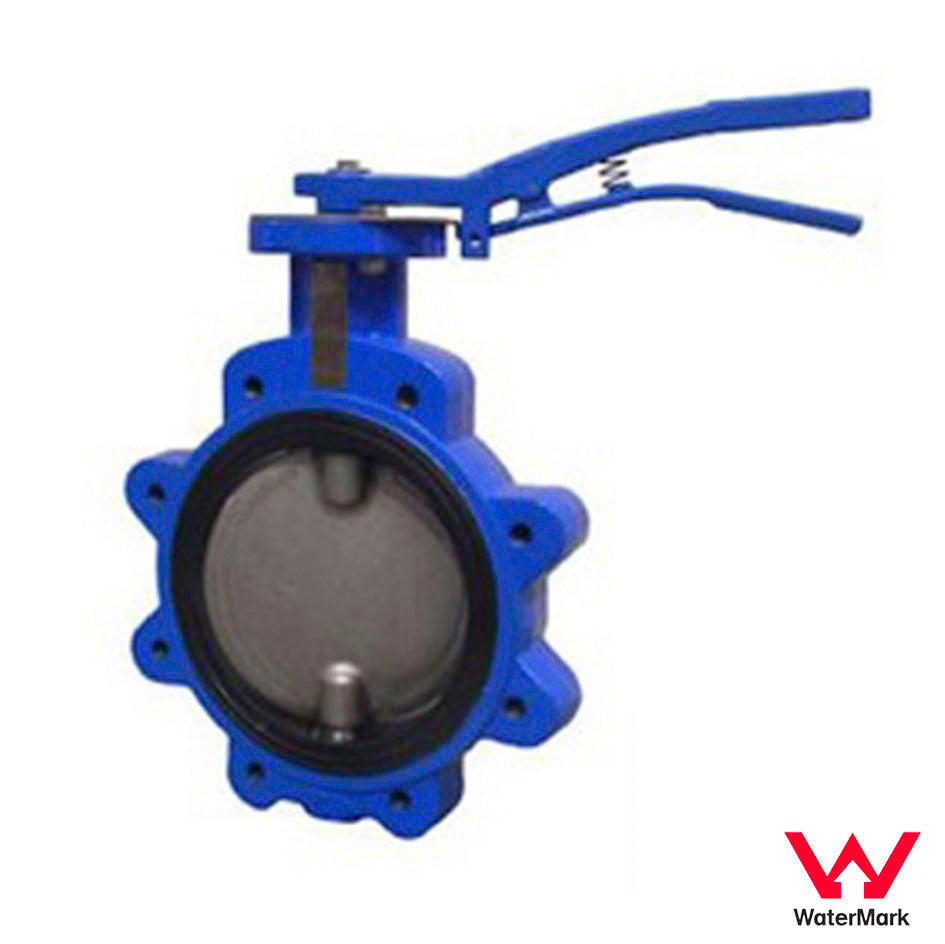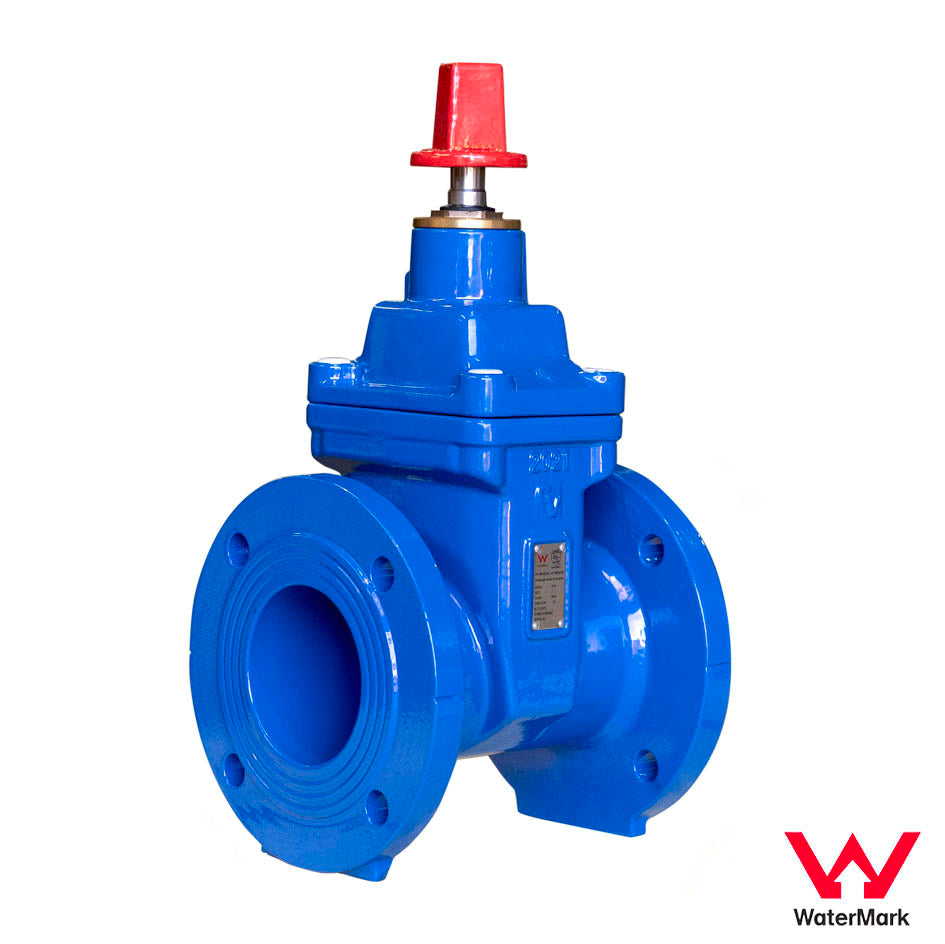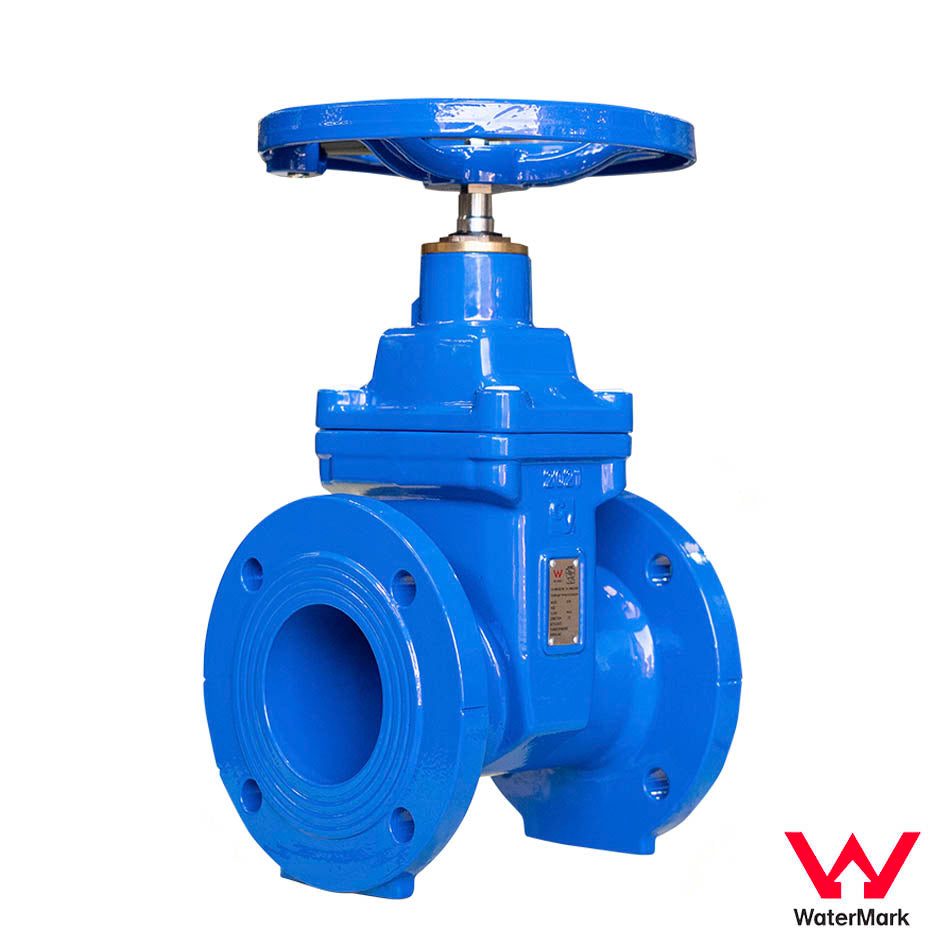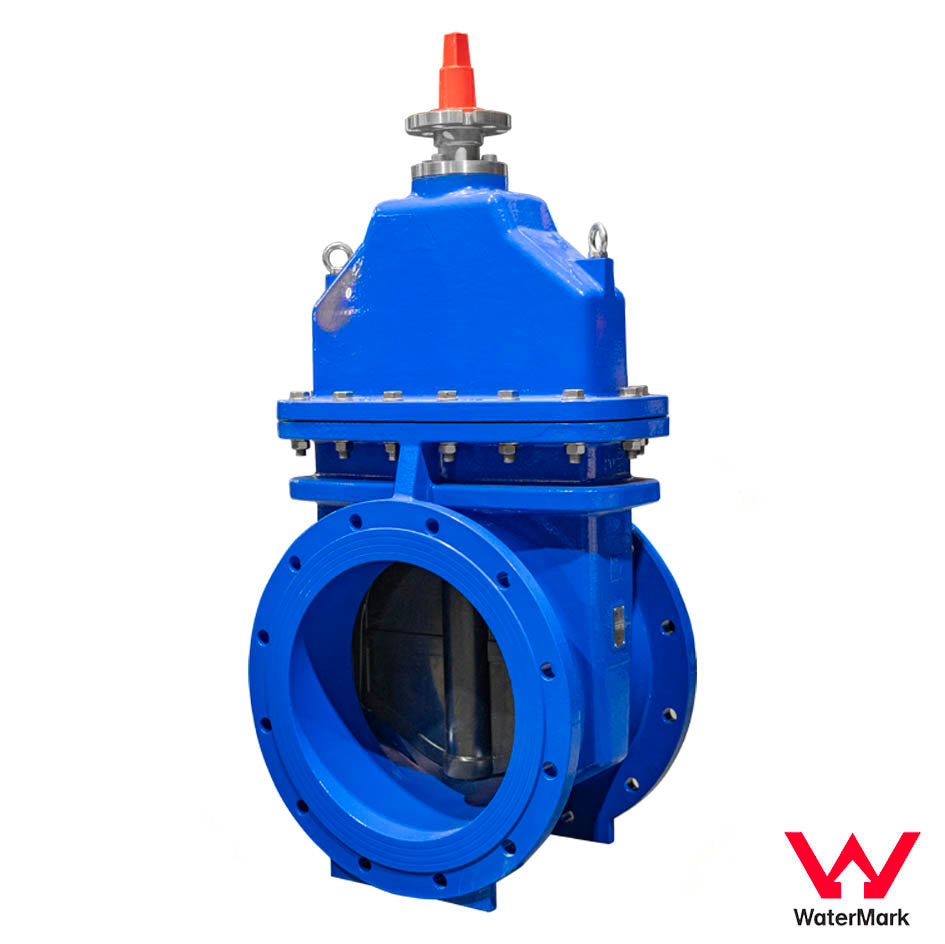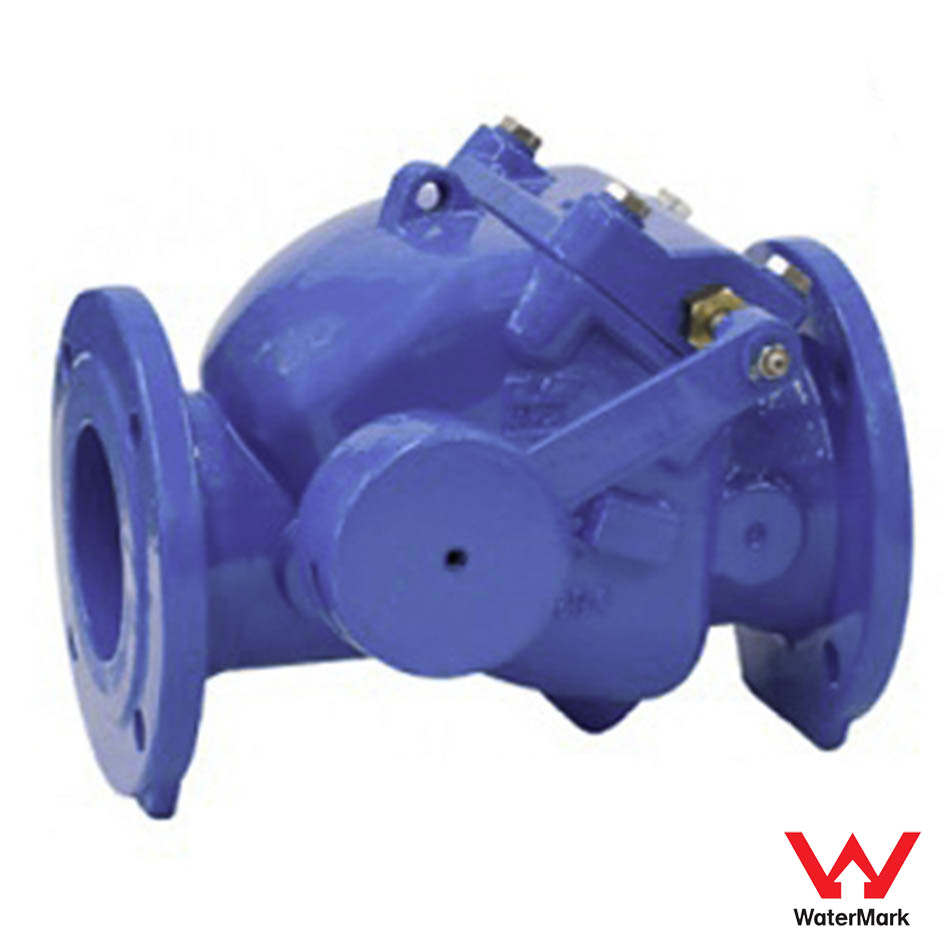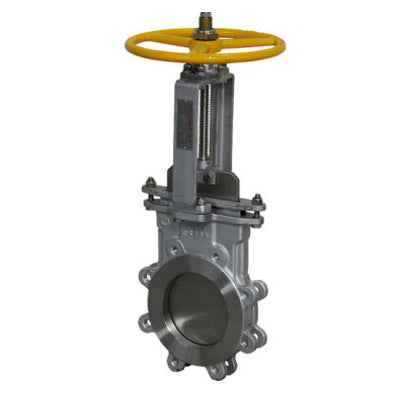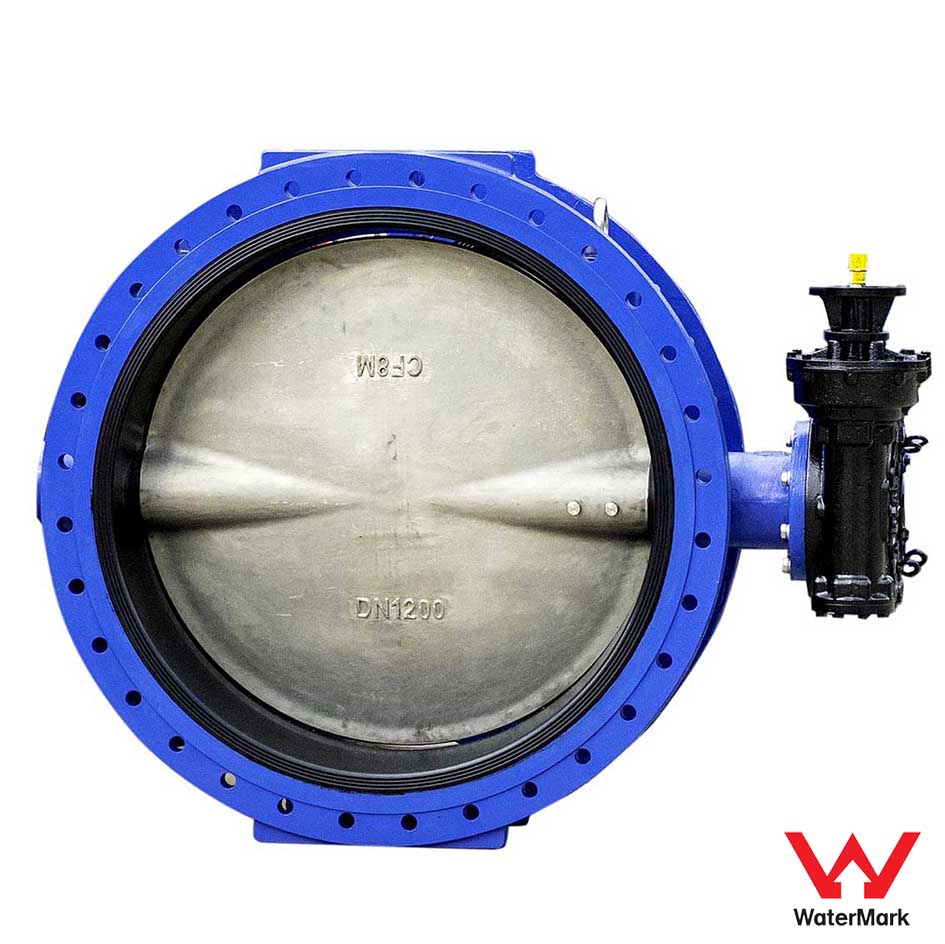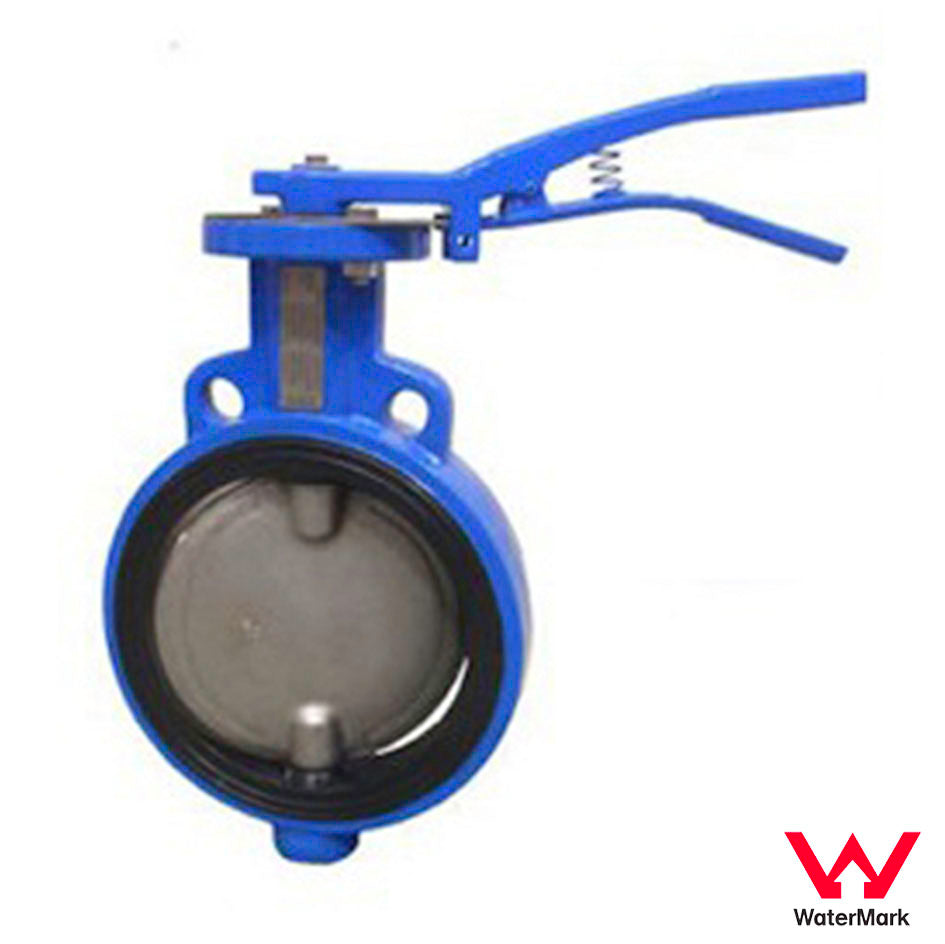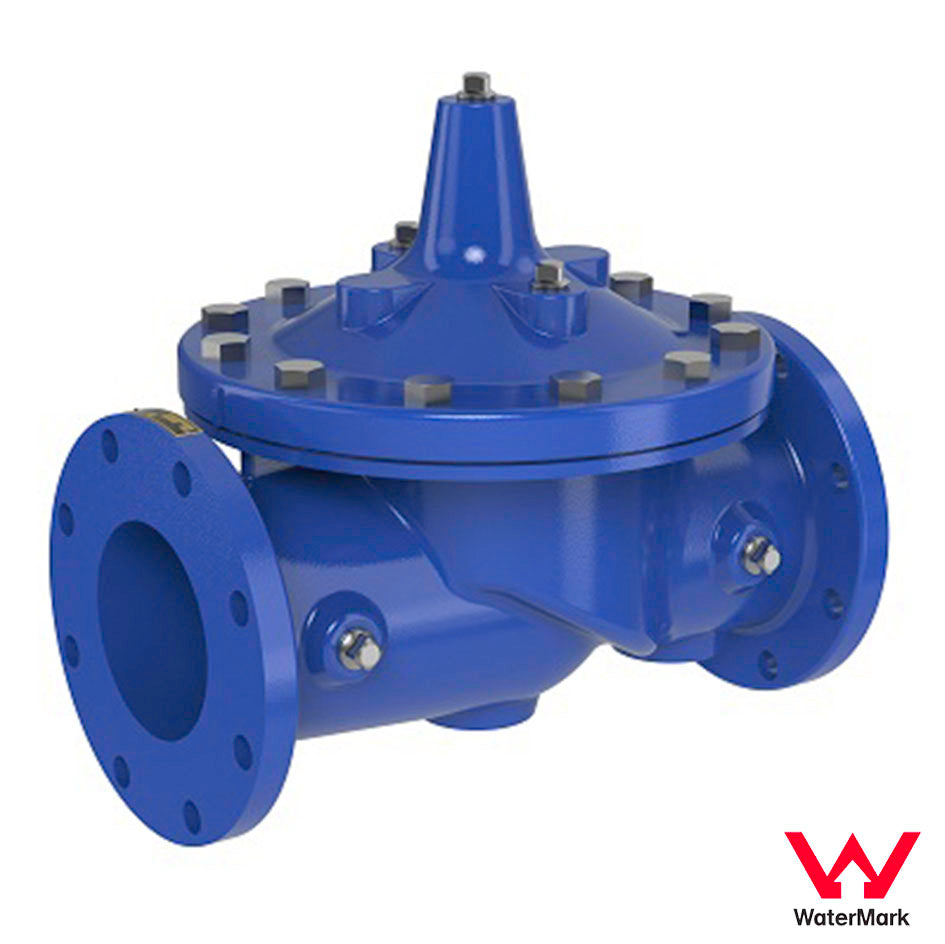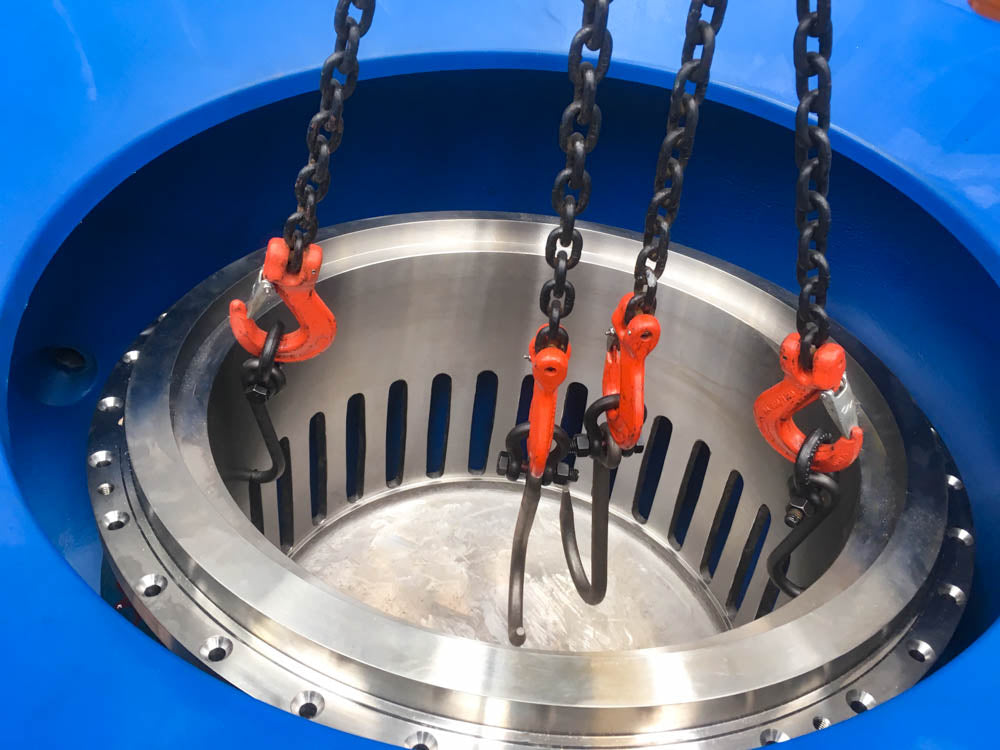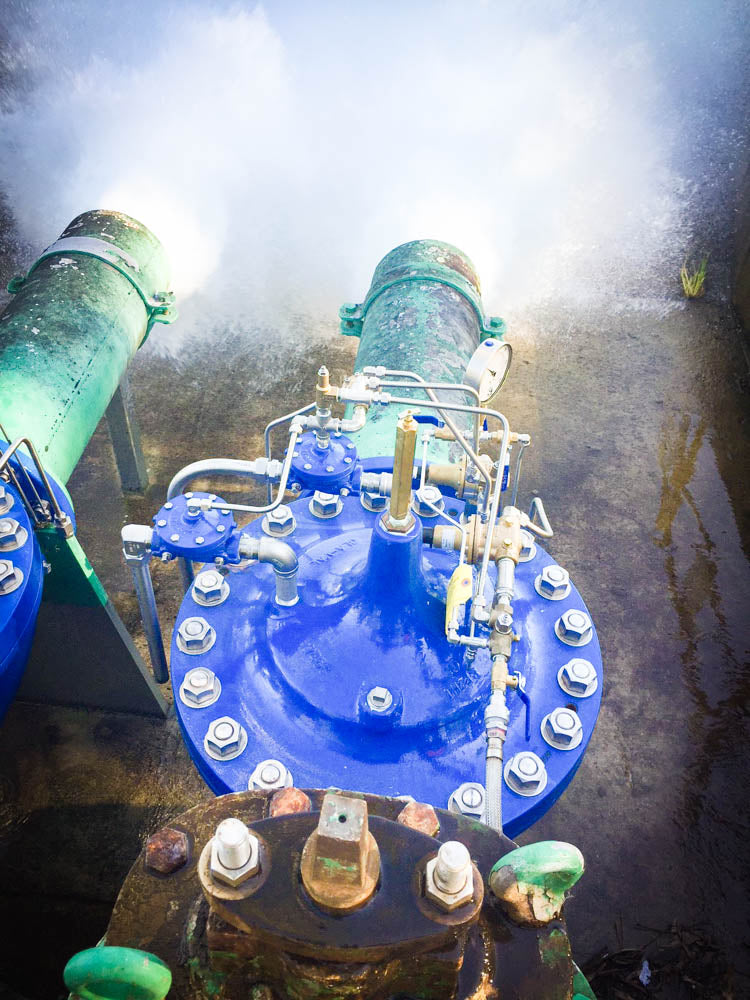Zinc Coating vs Stainless Steel Valves
This article discusses the differences between zinc alloys and stainless steel, which are both commonly used materials for parts in various applications. The choice between the two depends on specific requirements such as volume, costs, usage, and size. Stainless steel is known for its strength and corrosion resistance, while zinc alloys are preferred for larger items where aesthetics are less important. Ultimately, the choice between the two materials will depend on the specific casting needs of the application.
Zinc alloys and stainless steel are both popular materials for making parts in various applications. The choice between the two depends on the specific requirements of each alloy. The casting process involves injecting molten metal into a mold under high pressure to produce a specific shape. Choosing zinc alloys vs. stainless steel depends on factors such as volume, costs, usage, and size.
STAINLESS STEEL PROS
- Strong
- Durable
- Corrosion resistant
- Rust proof
- Aesthetically pleasing
STAINLESS STEEL CONS
- Expensive
- High tooling cost
- Difficult to make larger items
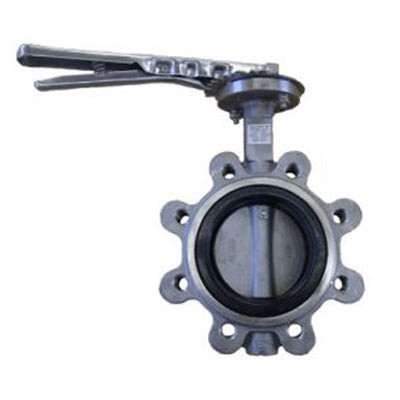
Stainless steel is an alloy of iron, carbon, and at least 10.5% chromium, known for its strength and corrosion resistance. It comes in various grades determined by the degree and combination of elements mixed with the iron, carbon, and chromium. Modern stainless steel may contain elements such as nickel, niobium, molybdenum, and titanium to enhance corrosion resistance, add strength, and ductility to weather environmental factors.
The most common type of stainless steel is Type 304, which has a wide range of industrial applications, including architectural paneling, kitchen equipment, railings, springs, or marine equipment. Type 316 stainless steel is chosen for exceptional toughness against corrosion with excellent welding capabilities. It is used for boat fittings, jet engine parts, coastal architecture, or water filtration screens.
Zinc is rarely used in its pure form but instead forms numerous metal casting alloys, including brass, bronze, nickel silver, soft solder, German silver, spring brass, and aluminum solder. Zinc alloys are often referred to as ZAMAK, for zinc, aluminum, magnesium, and copper. Zinc casting is commonly used to make electrical, automotive, and hardware equipment due to its decreased cost. Zinc alloys are often preferred for larger items where aesthetics are less important, such as outdoor equipment, while stainless steel is most often used for smaller items where aesthetics matter, such as indoor use and decor.
ZINC PROS
- Durable
- Cost efficient
- Corrosion resistant
- Rust Proof
- Can be galvanized onto other metals
- Versatile (can be mixed into different alloys)
ZINC CONS
- Less aesthetically pleasing
- Slightly less strong
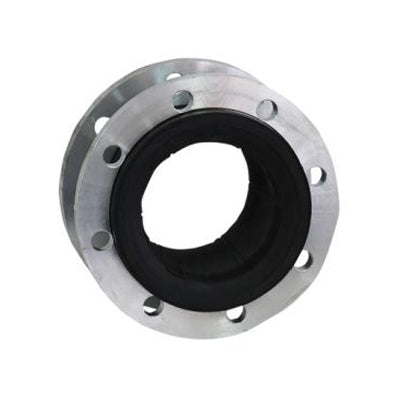
In general, zinc alloys are relatively less expensive compared to stainless steel because zinc is cheaper than chromium. However, stainless steel is stronger and tougher, noted for its corrosion resistance. Zinc is a heavy element that, when alloyed with other metals, provides better corrosion resistance, stability, dimensional strength, and impact strength. Zinc provides a much longer die life, which further reduces production costs. Zinc alloys are excellent for casting components with tight tolerances and areas with thinner wall sections. Ultimately, the choice between zinc alloys and stainless steel will depend on specific casting needs.
